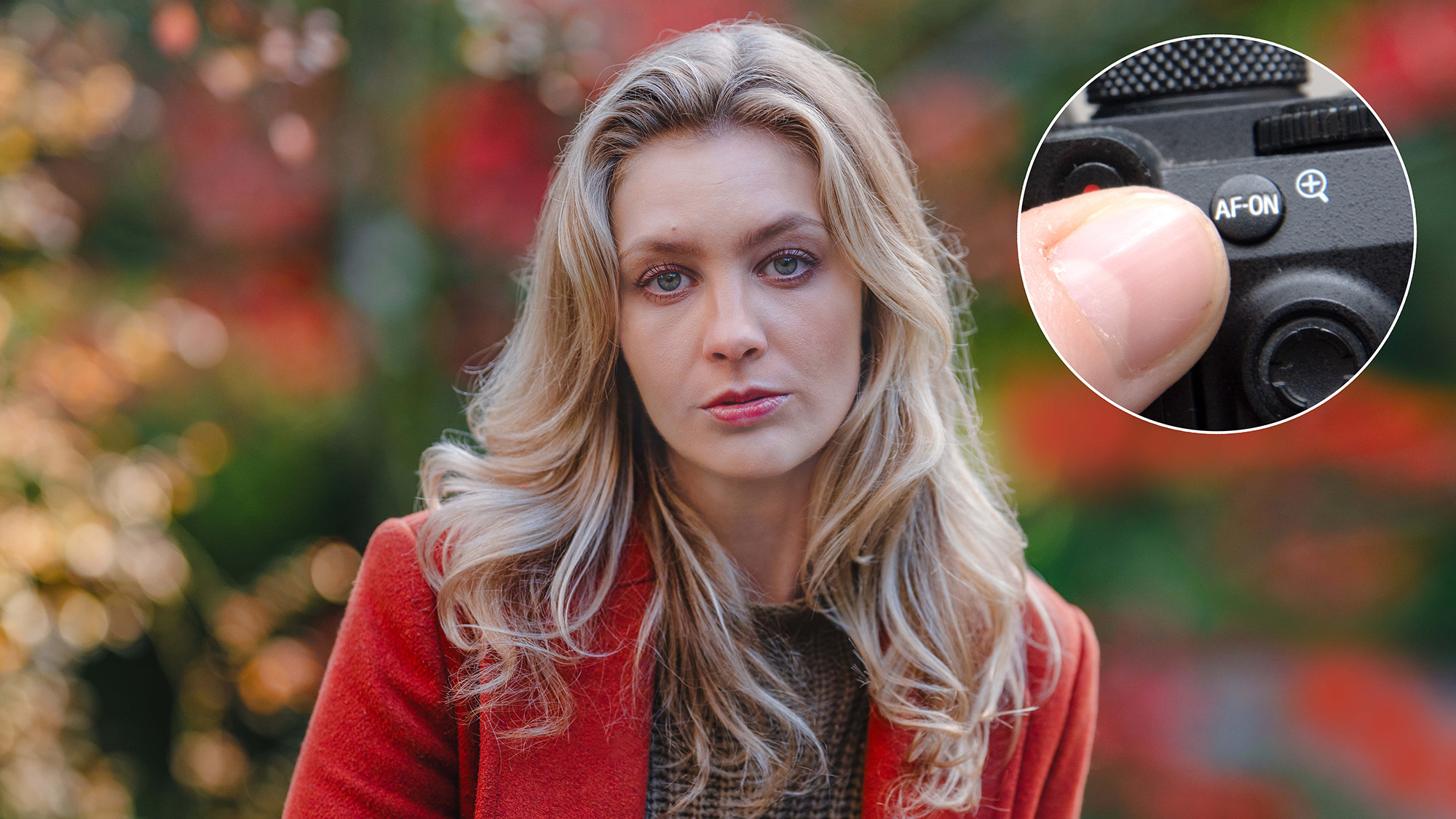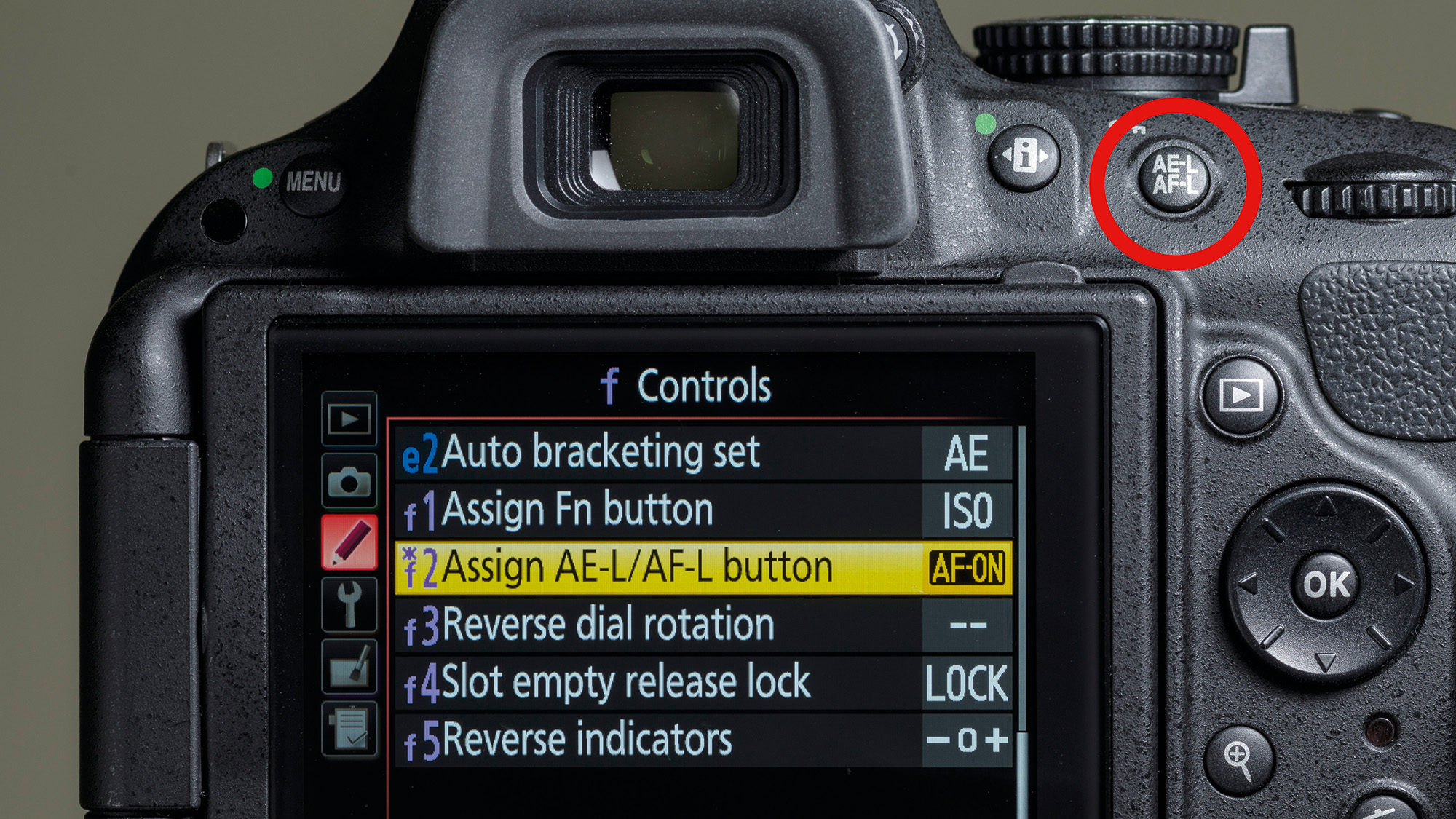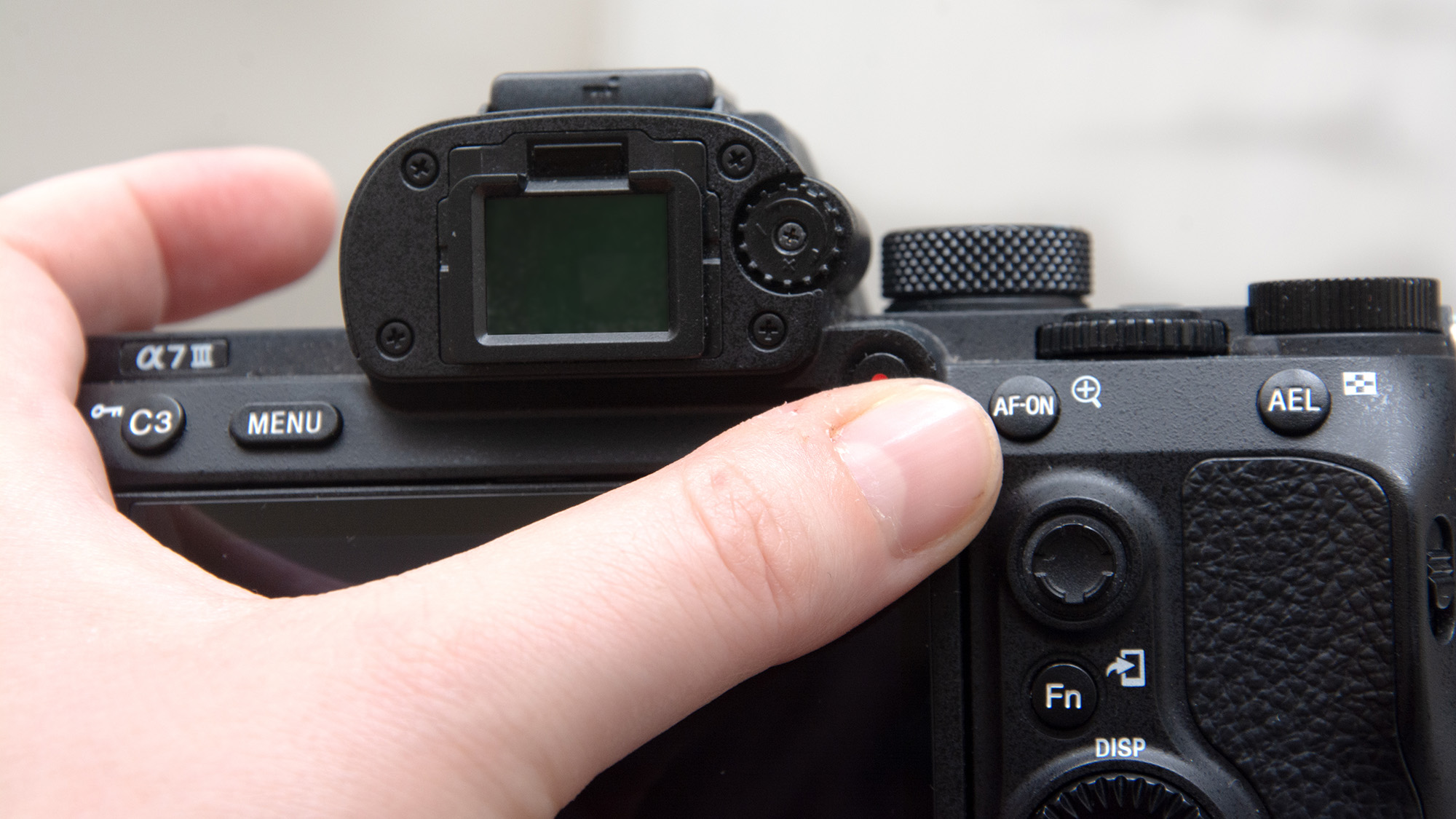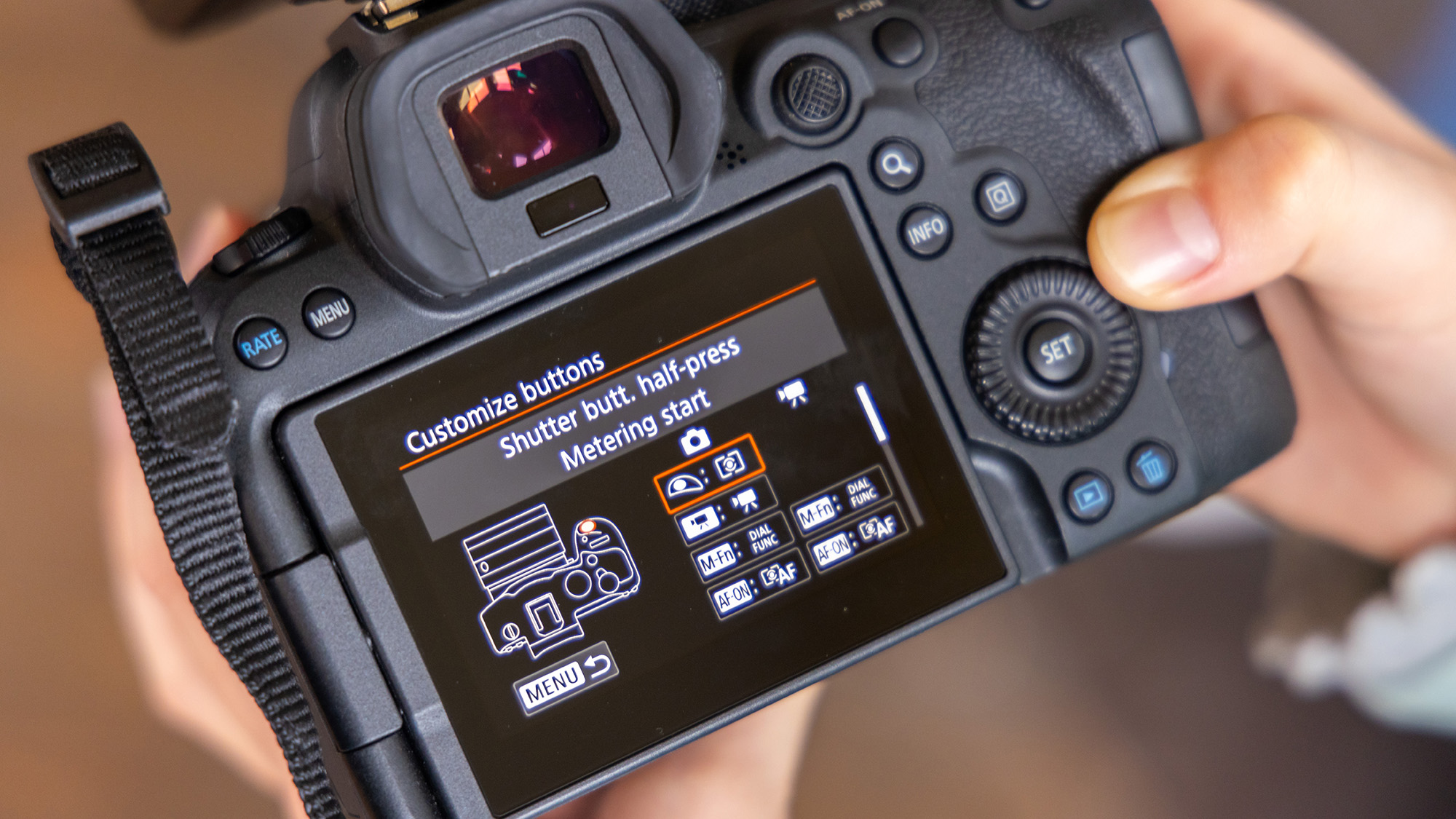
Most photographers know what back-button focus is, but not everybody understands how to use it to its fullest. I’ve been writing photography tutorials and engaging with camera enthusiasts for years, and while plenty of people claim to love or hate back-button focus, I’ve encountered a lot of confusion as to precisely why it presents such a huge advantage over the traditional shutter button method of engaging autofocus.
And you know what? I’m pretty sure the photography press is to blame. All too often I’ve mentioned back-button focus in how-to articles without adequately explaining the ins and outs of it. And I should know better. When I first started using back-button focus, I didn't like it because I didn't understand why I was using it and even ended up using it wrong!
So, if you don't know the advantages of back-button focus or have tried it in the past but quickly dismissed it, read on. Hopefully, I can help you look at it in a completely new way.
And if you don’t know how to enable back button focus, I’ve produced a tutorial for that, too.
What is back-button focus?

Back-button focus is incredibly simple. Typically, a camera’s autofocus is engaged by half-pressing the shutter button. Back-button focus moves this action away from the shutter button and assigns it to a back button. This is usually the AF-ON button, but cameras without this button may use another button. For example, the Nikon D3500 doesn’t have an AF-ON button, but allows you to assign back-button focus to the AE-L/AF-L button instead.
The advantages of back-button focus

- Prevents refocusing / hunting
- Instantly switch to manual focus
- Simultaneous AF-C and AF-S
- The focus and recompose method is easier
Take AF engagement away from the shutter button and it only has one job: firing the shutter. This means you can fire the shutter without ever engaging AF, the advantages of which are many. Perhaps you've found yourself furiously pressing the shutter button but it won’t fire because it’s hunting (reacquiring focus).
Maybe you’ve spent ages setting up a strong neutral density filter, forgotten to switch to manual focus, pressed the shutter button and found that your camera’s refocused or started hunting. Now you have to take the filter off and refocus all over again. Both of these instances could never happen when using back-button focus because pressing the shutter button won't ever engage AF, it will simply fire the shutter.
This means you can fluidly switch to manual focus without having to tell the camera you're doing so. So long as you don’t engage AF by pressing the back button, you can happily acquire focus manually and then press the shutter button without any fear of engaging AF.
And here’s the bit I feel a lot of photographers miss. Back-button focus allows you to switch between AF-C (continuous AF) and AF-S (single AF) at will. Traditionally, you use AF-S to lock focus by half-pressing the shutter button and won’t reaquire focus until you half-press the shutter button again. This means you need to keep the button half-pressed with your finger if you don't want to refocus.
When using back-button focus, as long as you always keep your camera set to AF-C, you can simulate AF-S by simply releasing the back button and not touching it. This locks focus. As long as you don’t press the back button again, the camera will never attempt to reacquire focus, since the shutter button will only fire the shutter.
This is incredibly useful when using one of my favorite focusing techniques: the focus-and-recompose method. This is when you keep a single focus point centered, use it to focus on your focal point and then – without moving the camera toward or away from the subject – recompose. Done correctly, the point of focus is maintained, but you can spend time refining your composition. This is a technique that’s very useful if you own one of the best DSLRs, since the center focus point of a DSLR is its most accurate.
The disadvantages of back-button focus
The only real disadvantage of back-button focus is the learning curve. I’ve encountered a lot of photographers who tell me they've tried it, didn’t get on with it and swiftly returned to the conventional method of engaging AF. And while you should always do what’s most comfortable for you – plenty of incredibly successful photographers never use back-button focus – I think it’s worth giving it a good try before you throw in the towel.
You have to remember, muscle memory will be fighting against you at first. But I can tell you, that when back-button focus finally clicks, the reverse will happen. I’ve used back-button focus for so long now that if I’m handed somebody’s camera to take an impromptu photo, I’ll press the back button a few times and wonder why it’s not focusing.
Why you could be using back-button focus wrong…

Drawing on my experience with Nikon cameras, some will assign AF engagement to both the AF-ON button and the shutter button by default. When I first started to use back-button focus as a beginner photographer, I knew it meant using a back button to focus, but I had no idea I needed to remove AF engagement from the shutter button to reap all of the benefits.
So, I merrily focused using the back button and focused again when pressing the shutter button. This might sound ridiculous to most photographers, but if these things aren’t explained, this is an easy mistake to make. With that in mind, always make sure the shutter button’s AF engagement is switched off when using back-button focus. Otherwise, the whole process is superfluous!
You may also like...
Looking for more interesting photography tips and tricks? You've got to find out why I still use the 'outdated' reciprocal rule to beat camera shake. Maybe you've been left wondering WTF is a focal plane mark? And if you want to go back to the basics, here's how I learned the exposure triangle.







